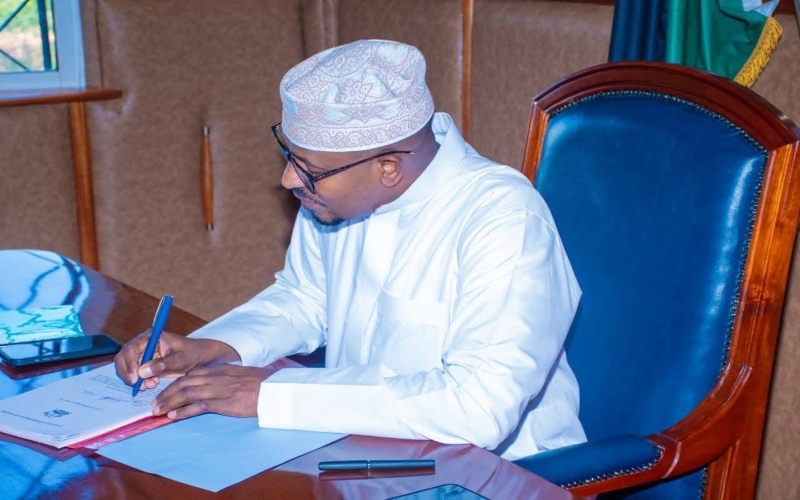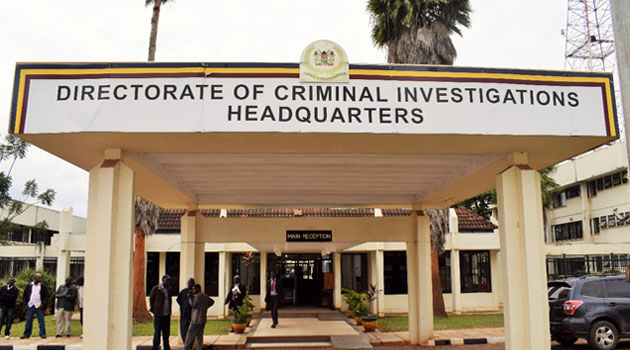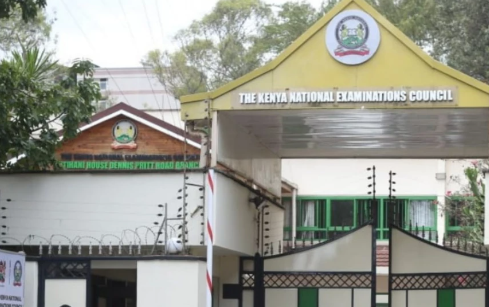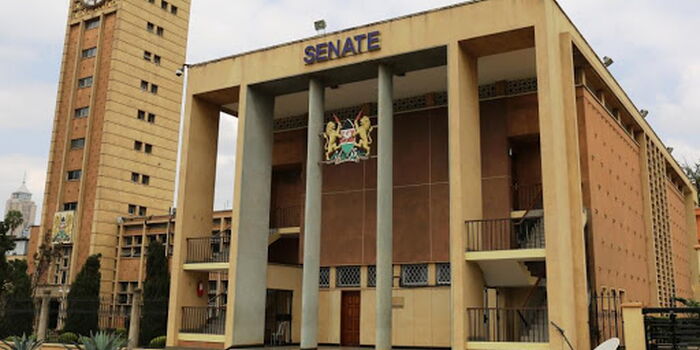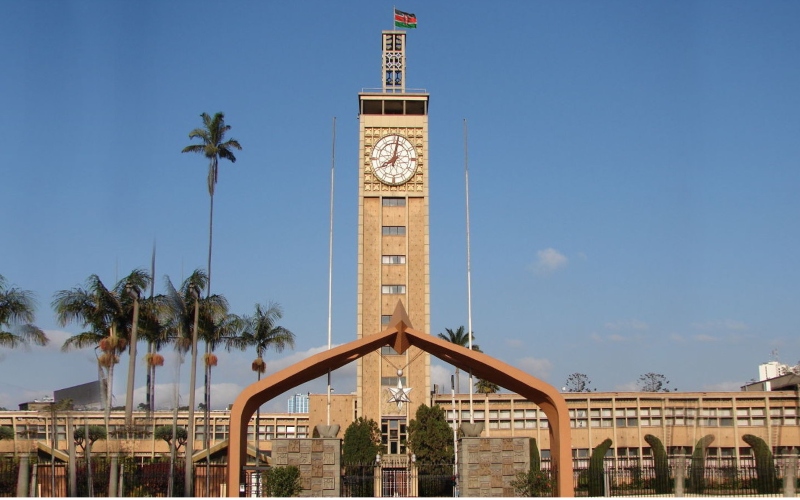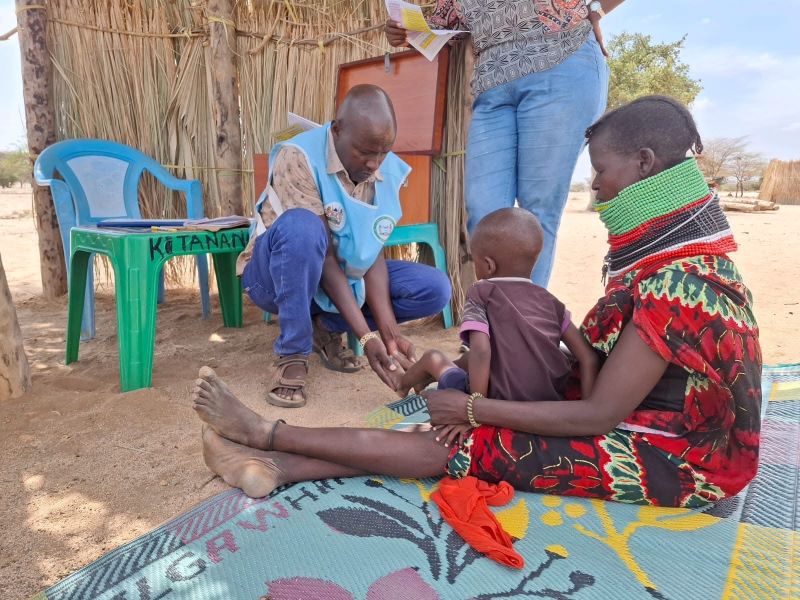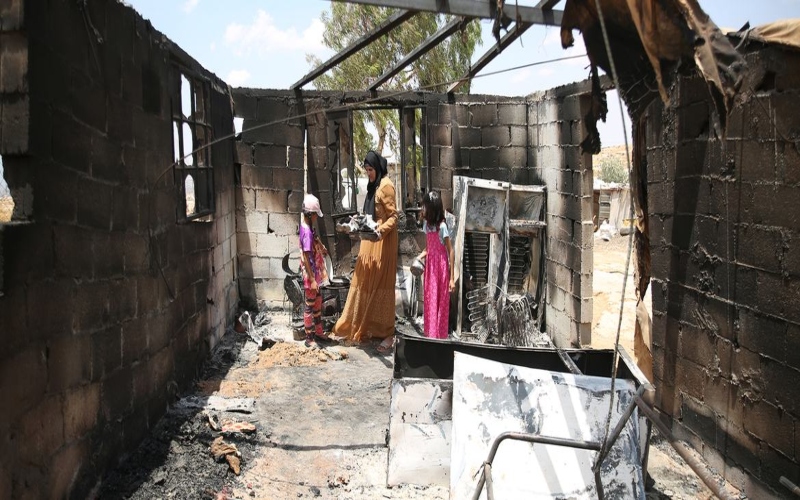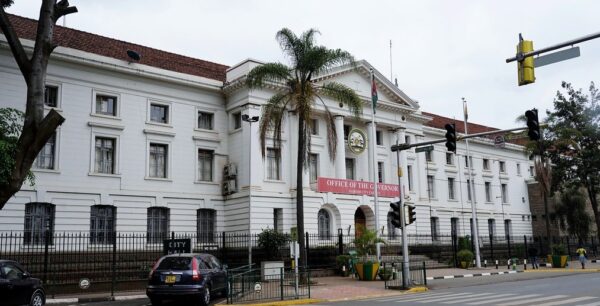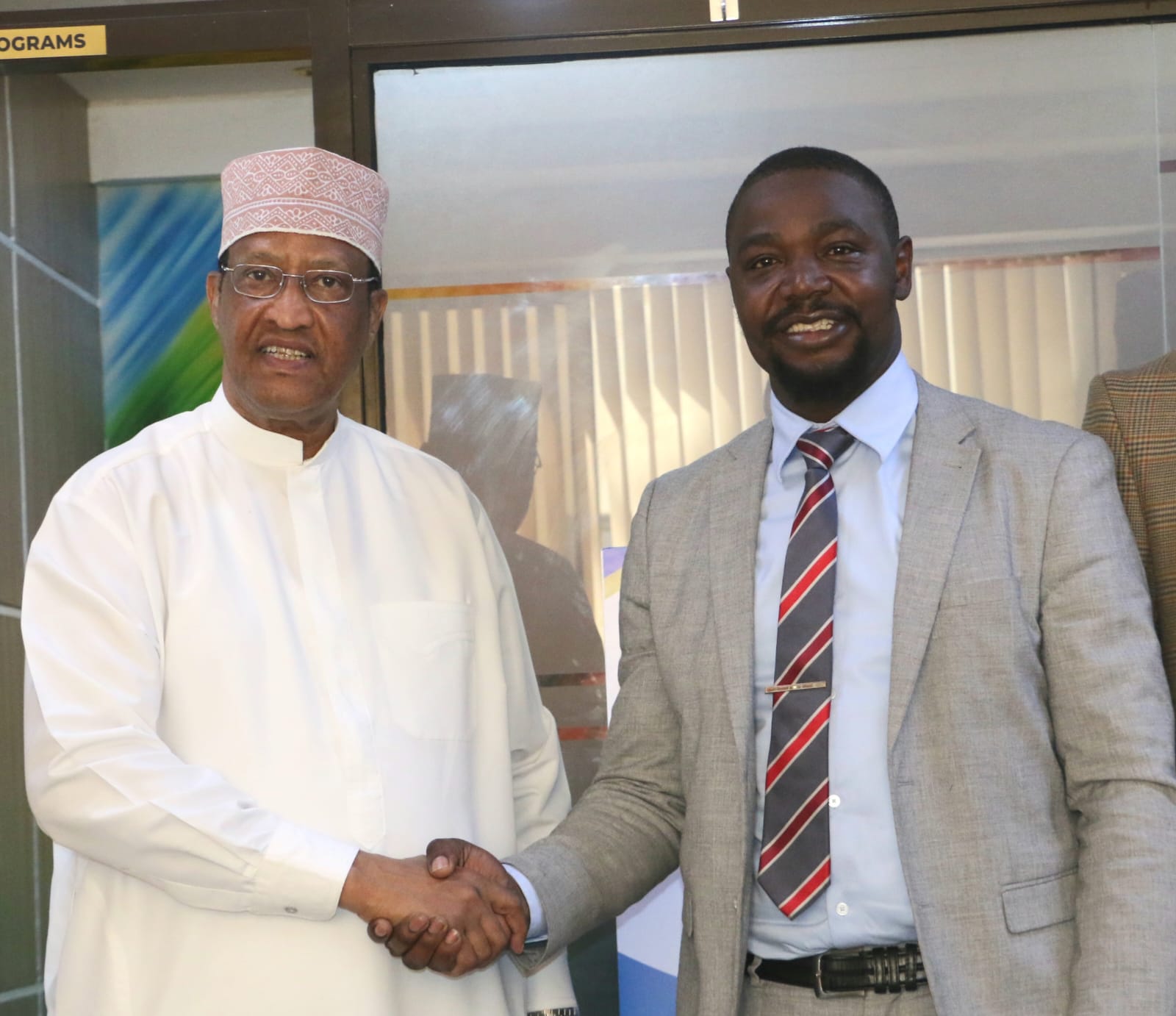Addressing community concerns key for Kenya to achieve nuclear energy dream – Study
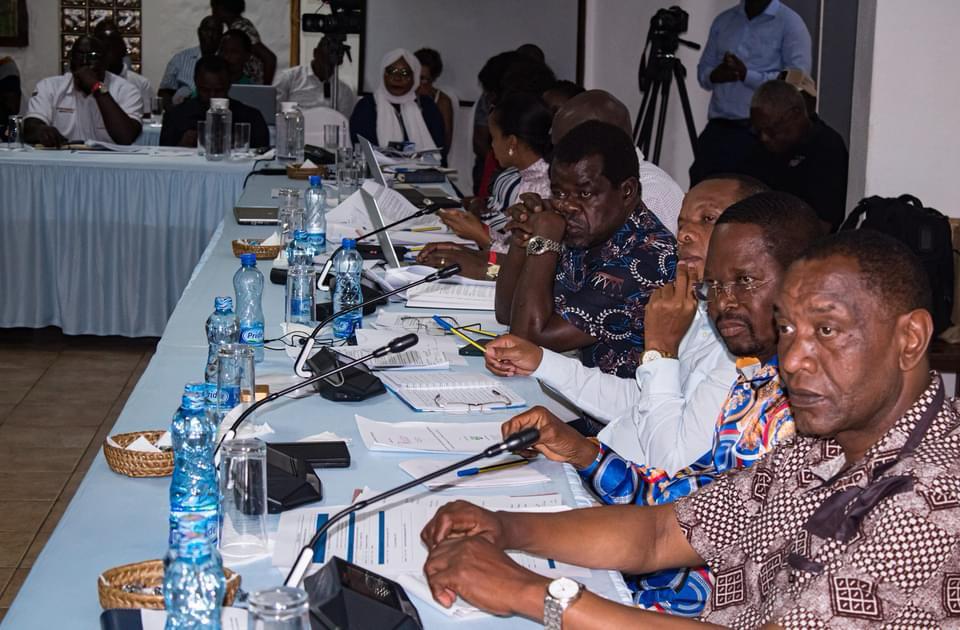
By 2015, Kenya had already developed a 15-year strategic plan for Kenya's nuclear power programme.
Kenya is making significant strides in its ambitious plan to establish a nuclear energy plant, a move seen as pivotal for the nation's energy diversification and economic growth.
The initiative mainly aims to harness nuclear power to meet the rising electricity demands, and reduce reliance on fossil fuels.
More To Read
- Turning food waste into energy key to climate goals, says UN report
- Why countries struggle to ditch fossil fuels despite rising costs, decades of climate deals
- Kenya beats Tanzania and Uganda in electricity and renewable energy growth
- Renewables overtake coal in global electricity generation
- Ethiopia establishes Nuclear Power Commission, PM Abiy appoints Sandokan Debbebe as Commissioner
- Renewable power capacity to double by 2030 - IEA
However, despite some advancements in the past years leading to the government's announcement that the first plant will be up and running by 2034, the journey towards actualising the nuclear facility is faced with some challenges.
A study by the state-owned research firm, the Kenya Institute for Public Policy Research and Analysis (KIPPRA), has revealed that community opposition is one of the main barriers hindering the progress.
It says the issue continues to be a significant obstacle, as residents voice concerns about safety, environmental impact and potential displacements.
"Going forward, better compensation methodologies to deal with land issues and having more inclusive stakeholder engagements are recommended to reduce the probability of public opposition," the study report reads.
Reiterating the concern of effectively addressing community concerns, activists have also advocated for more transparent dialogue and consultations, emphasising the need to address these apprehensions to foster public trust and support.
"Furthermore, regulatory frameworks and infrastructure development still require attention to ensure that Kenya adheres to international safety standards and protocols," Kippra says in its 'Road to Nuclear Power in Kenya' report.
"While the nation has made commendable progress in its nuclear ambitions, bridging the gap between governmental plans and community acceptance will be crucial for the success of this transformative energy initiative."
The proposed inaugural plant will be located in Kilifi County, a region known for its white sandy beaches, seafood, coral reefs, and dense mangrove forests, making it one of Kenya's top tourist destinations.
The cost of building the plant is estimated to be around $3.8 billion (Sh490.9 billion at the current exchange rate).
The government in August this year announced that the country plans to begin construction of the nuclear power plant sometime in 2027, and commission it in 2034.
Speaking after meeting with William D. Magwood, IV, director-general of the Nuclear Energy Agency (NEA) at his Railways office, Prime Cabinet Secretary Musalia Mudavadi said in the early 2030s, the government will also commission a research reactor in line with the project.
Concerned locals
The proposal for a nuclear plant on the Indian Ocean coast has sparked significant apprehension among activists and residents over the years.
The Kenya Anti-Nuclear Alliance, for instance, urged the government sometime this year to prioritise renewable energy sources instead.
"Rather than pursuing a nuclear programme that jeopardises the lives and livelihoods of our people, we call on the government to invest in safer, cleaner, and more sustainable renewable energy," the group stated earlier this year.
Kilifi residents have expressed particular worry about the environmental impact, especially as they are already contending with plastic pollution in the area.
In July 2023, lawyers Collins Sang and Cecilia Ndeti filed a lawsuit in the Environment court on behalf of Kilifi residents, aiming to halt the plant's development.
They argued that the process was rushed and illegal, noting that public participation meetings were conducted in secrecy.
They further asserted that the Nuclear Power and Energy Agency (Nupea), should not proceed with site selection until proper laws and safeguards are established.
In November last year, Kilifi residents also submitted a petition to Parliament seeking an inquiry into the issue.
Sponsored by the Centre for Justice Governance and Environmental Action (CJGEA), the petition claimed that locals had limited information about the proposed plant and the criteria used for site selection.
It raised concerns about potential health risks, environmental damage and tourism impacts in the event of a nuclear spill, describing the venture as a "high-risk" endeavour lacking adequate legal and disaster response measures.
The petition also highlighted concerns regarding security and the management of radioactive waste in a country susceptible to floods and droughts.
However, the Senate suspended the inquiry in April this year until the lawsuit is heard.
Kenya's nuclear journey
Kenya's association with nuclear power can be traced back to as early as 1965, when the country became a member of the International Atomic Energy Agency (IAEA).
The AEA is an intergovernmental agency that aims to promote peaceful use of nuclear technology and nuclear power worldwide.
Later, the Sessional Paper No. 4 on Energy, highlighted Kenya's considerations of adopting nuclear power and its economic merit.
The paper aimed to provide cost-effective, affordable and adequate quality energy services to Kenya's economy over the period 2004 to 2023, and mentioned the economic and technical constraints in having a nuclear power plant.
It also showcased the emergence of cheaper nuclear technologies that could add merit for Kenya to consider the nuclear route in future.
Addition of nuclear electricity into Kenya's grid was proposed by the National Economic and Social Council as a national priority in April 2010.
Later that year, through the Kenya Gazette Notice No. 14188, the Nuclear Electricity Project Committee (NEPC), was gazetted under the then Ministry of Energy.
By 2015, Kenya had already developed a 15-year strategic plan for Kenya's nuclear power programme.
Since the government's initial considerations of the nuclear power programme and subsequent first steps in the early 2000s, the pre-project activities are still ongoing.
The country has been implementing phase one of the adopted Milestone Approach for over 10 years, and is almost concluding this phase.
The programme's implementation and promotion is being spearheaded by the government agency, Nupea.
As part of implementing the programme, the agency to date has already signed a few memoranda of understanding (MoUs) to help with nuclear research, design and construction, capacity building and non-power nuclear applications.
The MoUs signed are with Rosatom, Korea Electric Power Corporation (KEPCO) and China Generation Nuclear Power (CGN).
Reportedly also, Nupea has embarked on other activities such as the process of site identification and increasing public awareness on nuclear energy.
Top Stories Today
